Thanks and praises to Rafe Arnott for giving us the platform and exposure, and to Silvia Gin for the impetus on digging deep with the anecdotes. See below a few selected pics and quotes.
All pics by Silvia Gin unless otherwise stated.
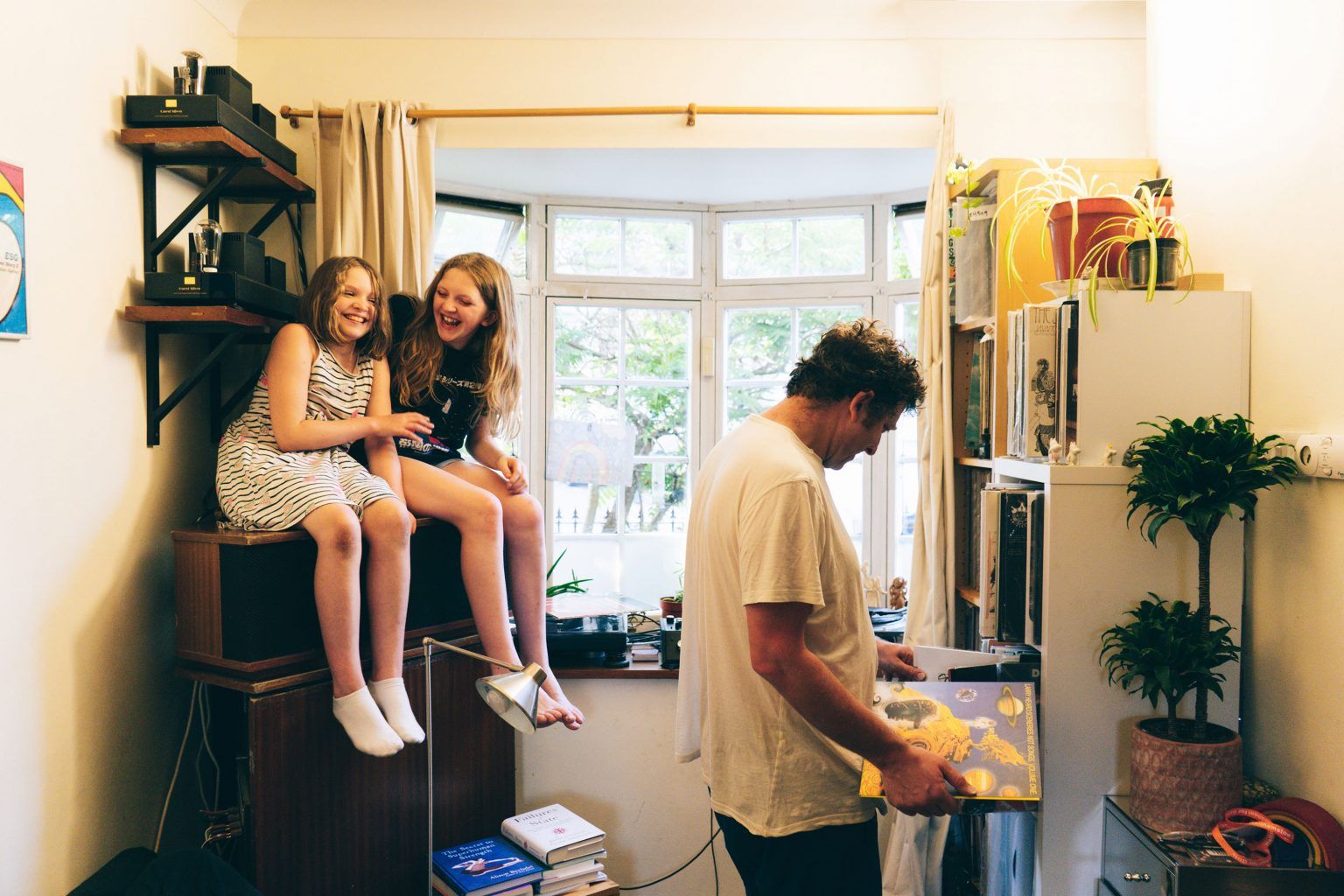
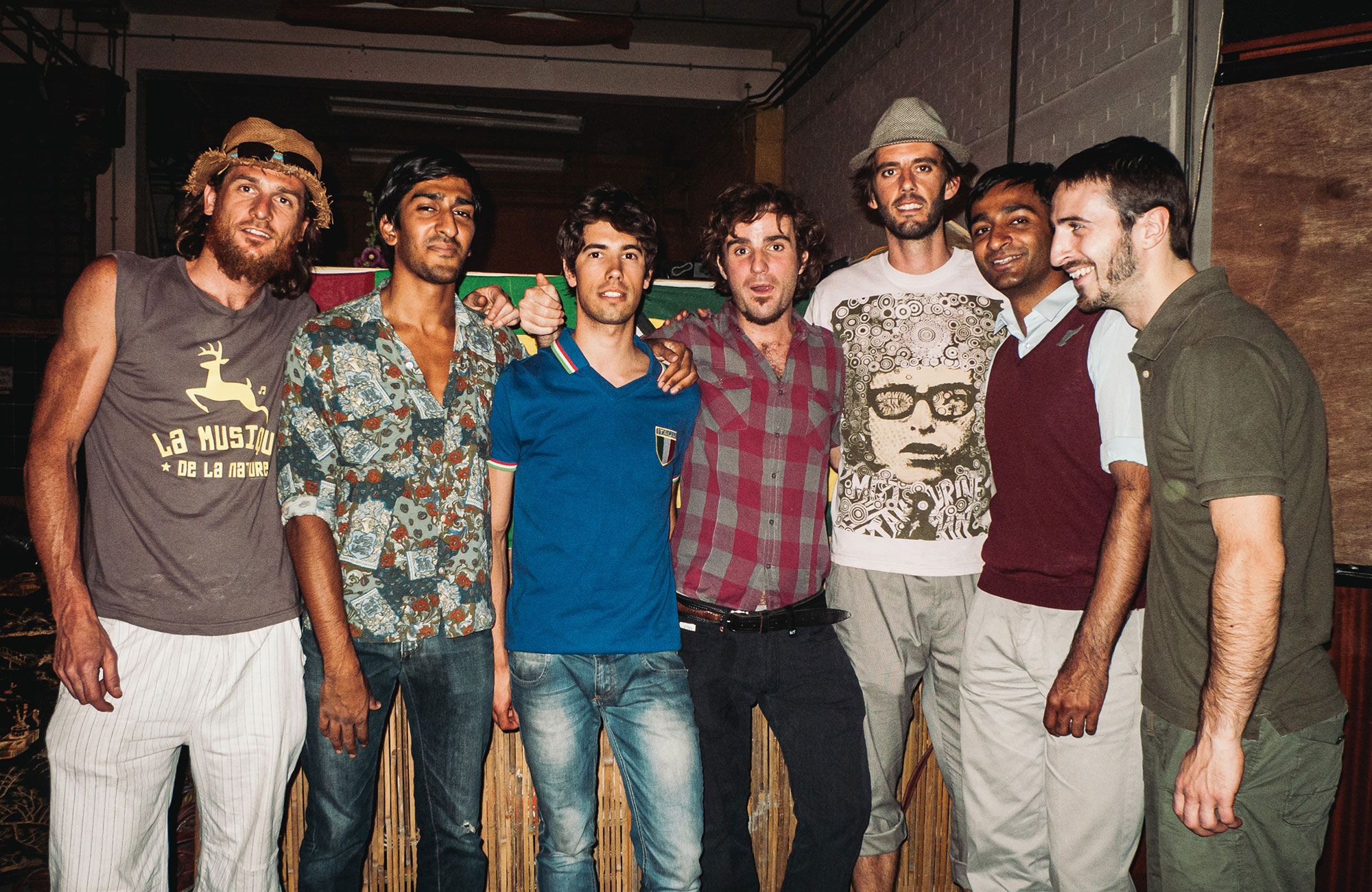 (part of the BATB crew circa 2009 – pic courtesy of Miguel Echeverria)
(part of the BATB crew circa 2009 – pic courtesy of Miguel Echeverria)Cédric: “Epiphanies of all kinds can happen on a dance-floor, from a strictly musical point of view (like getting lost in a record despite having heard it hundreds of times before) to moments of collective euphoria. It’s a cheesy thing to say, but there really are moments when you believe you can change the world, like when tracks such as “Promised Land,” “A Love Supreme” or “Truth and Rights” are dropped at exactly the right time. And there aren’t many more powerful experiences in life than the connections made on the dance floor. Not only with the music being played, but also with the people around you simultaneously sharing the same experience. It’s a cosmic thing really. Life doesn’t get much better than finding yourself on the sweet spot at the Loft dancing to “Keep On” with your mates, which is something the three of us have done together dozens of times. That’s why we do what we do.”
Cyril: “People decide to tune in, participate and bring their energy to the party. It’s more like an invitation to dance. Movement, dance, is a way to connect mind and body, it can be very empowering. Bring this to a collective level and that experience can become a life-changing experience. Being able to facilitate this is a way to give back what we all got from living such moments. It’s humbling really.”
Jeremy: “It’s about sharing something, and creating the opportunity for other people to share it with us and with each other. On some level there is a sense that this is a particular vocation for us. There are lots of ways that people can be brought together, can be given opportunities for collective joy and physical sociality. But the particular records that we play are often ones that nobody else is going to play, and which can only be played properly on a system like ours. If we don’t do this then nobody else will, and it’s important that it happens.”
Cédric: “(…) in New York City, early 2000, I was taken along as a guest to a party organized by Loft members – a party which turned out to be a game changer. It was in a recording studio in Chelsea with a top sound system, top acoustics, friendly people and incredible dancers. The music was a mixture of Loft classics, from Fela’s “Upside Down” to Prince’s “Sexy Muthafucker” and a whole bunch of others I didn’t know at the time. It was my first deep LSD experience, and I still get goose bumps remembering the way I heard “City Country City” that day. I just had never experienced music on such a deep level before, and there was clearly no way back after that.”
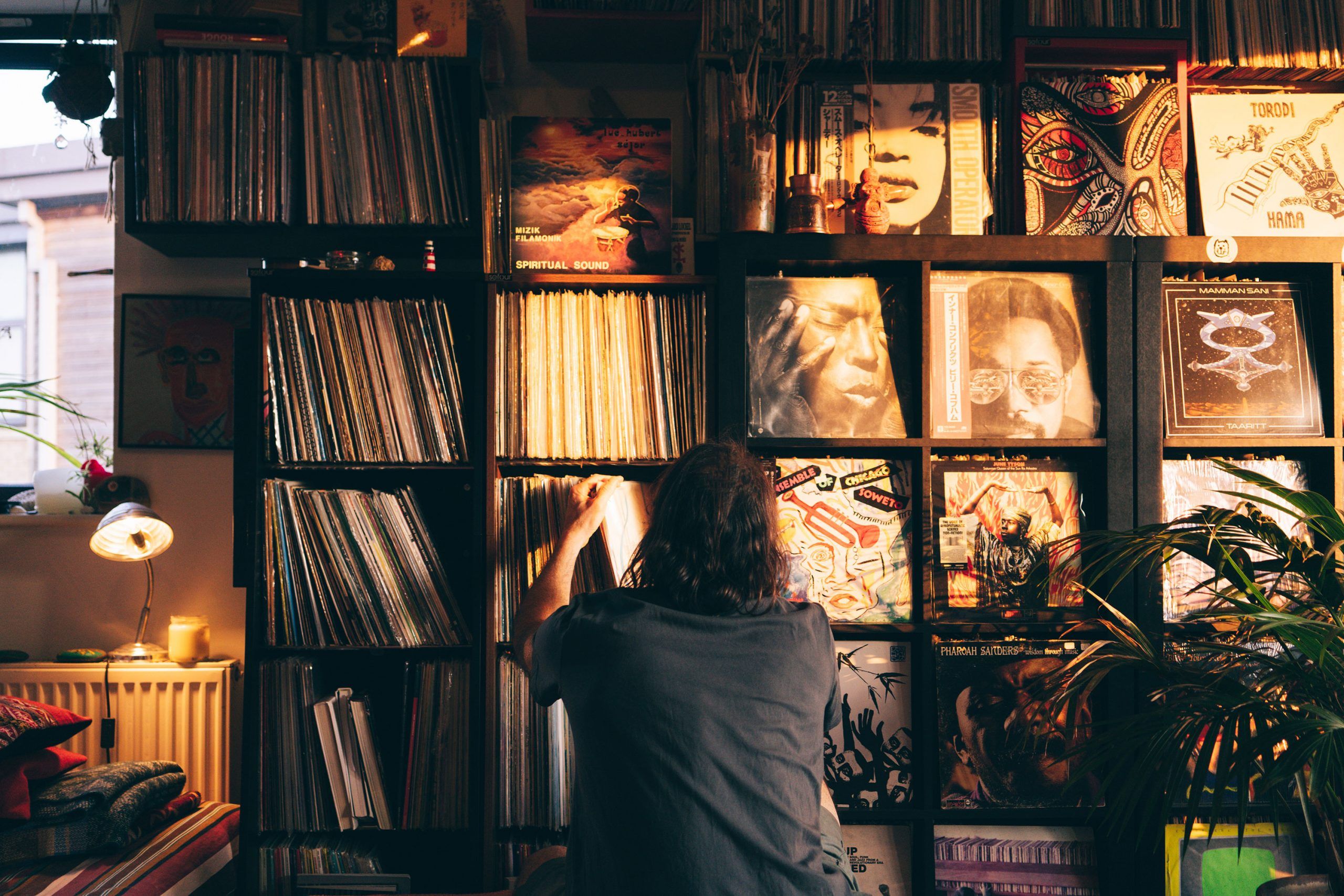
Cyril : “I often have fun trying to match a soundtrack with every moment in life. When it works, it is very much joy inducing – in a Deleuzian way.”
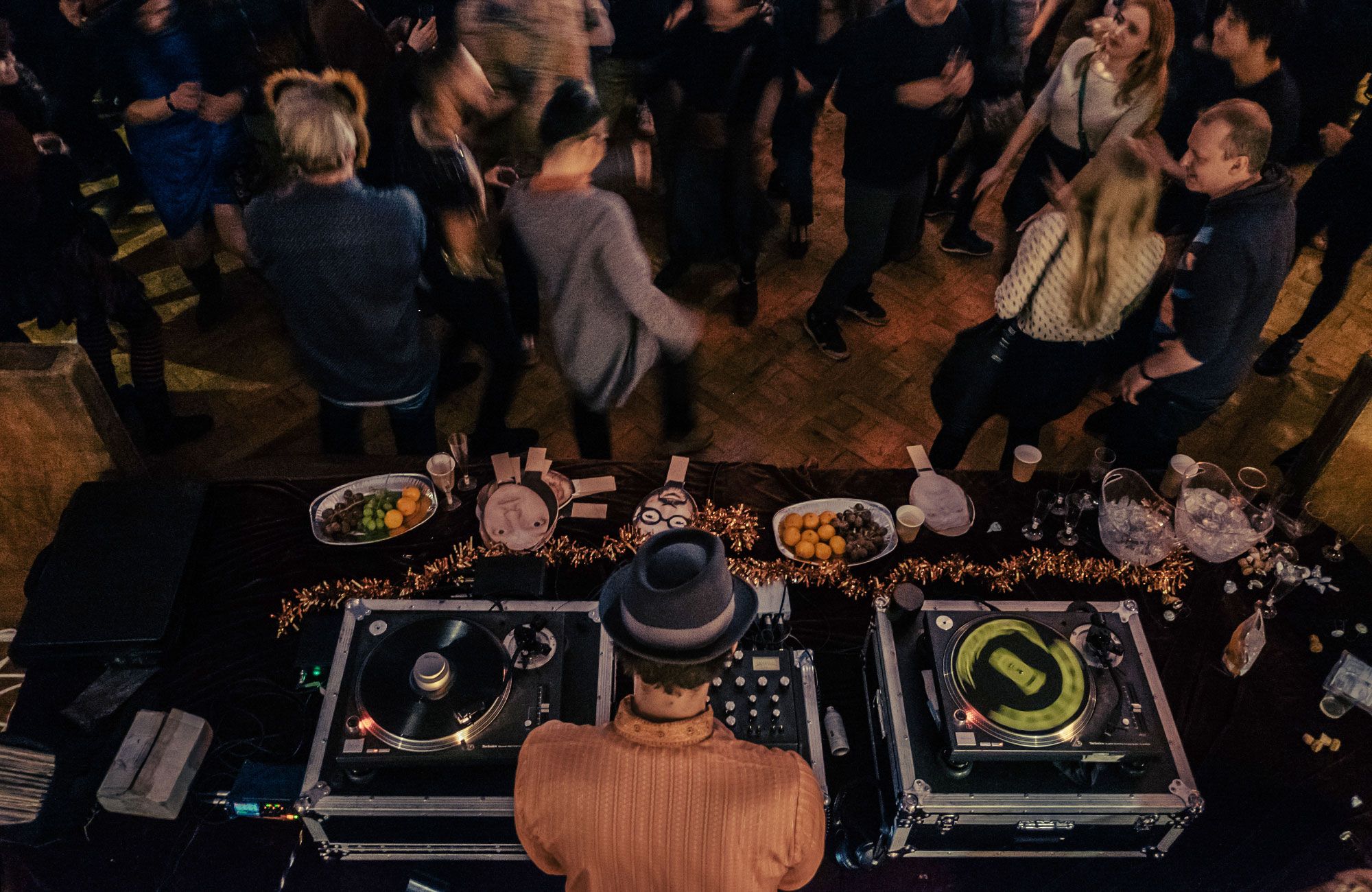
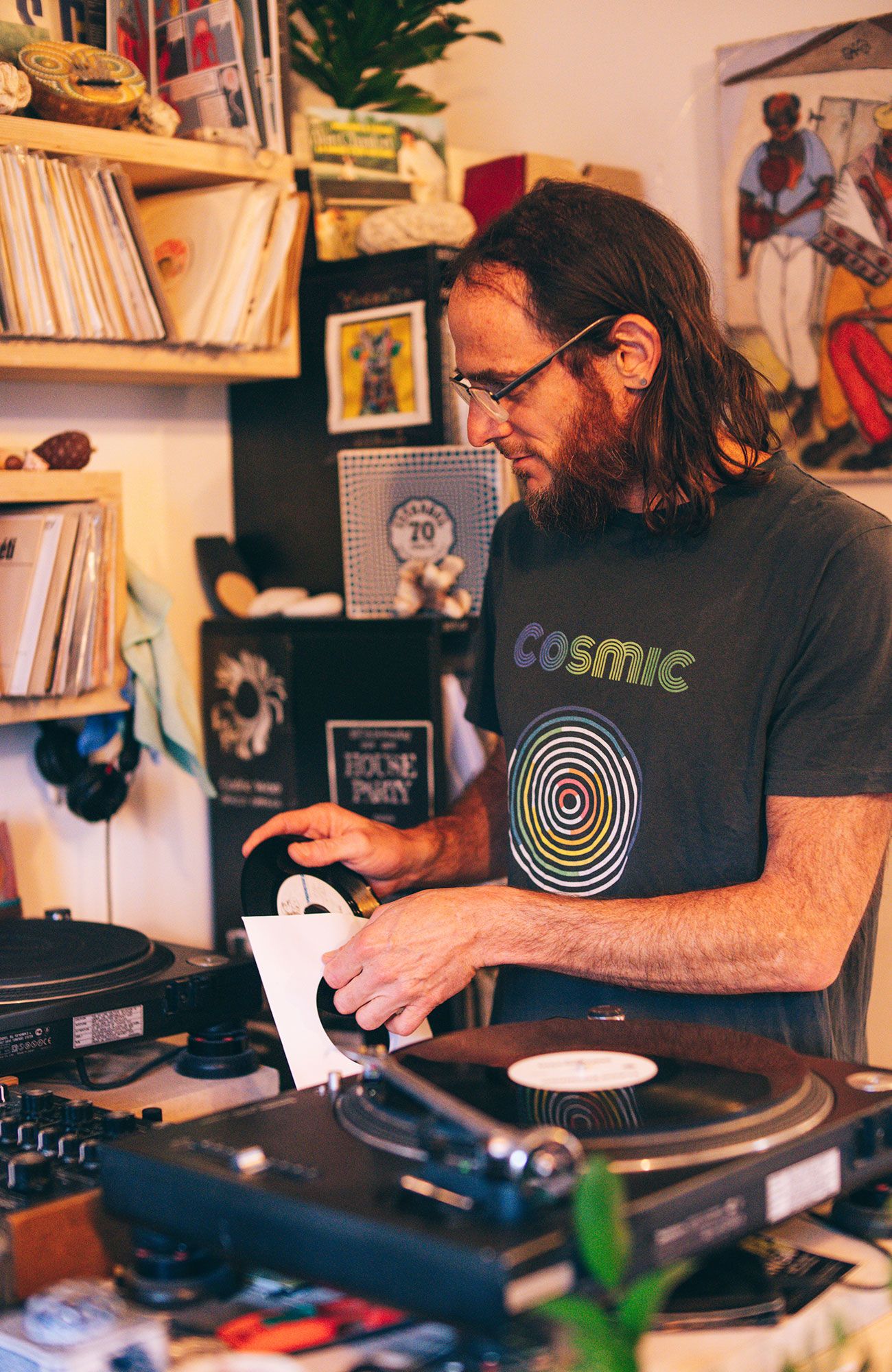
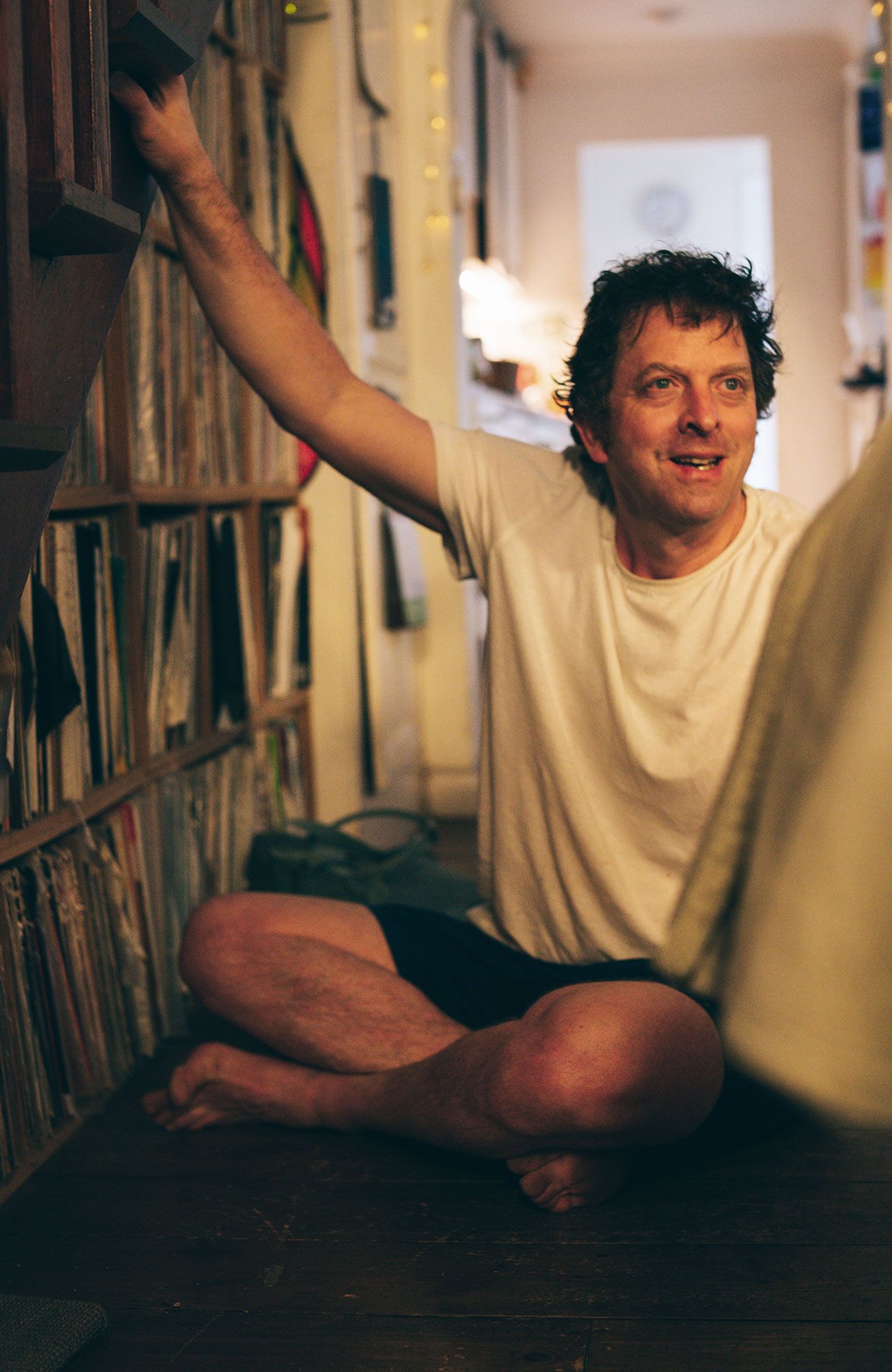
Resistor Mag: Describe your music collections (genres, pressings, comps, 7-inch, 12-inch etc.). Are you all strictly vinyl?
Cédric: “International sounds from all over, all styles and genres, with a bias towards hybrid music that fuses genres, and all things cosmic, psychedelic, soulful and spiritual. Be it jazz, funk, reggae, African, Caribbean, house, techno, rave, ambient or folk music. Anything that’s good really, and no time for purism. Strictly vinyl at BATB to this day, though I’ve recently started enjoying playing with both USB and vinyls when playing other events (90 per cent of my digital files are ripped from my records anyway). Original pressings are usually better, though not always, plus sometimes they are unreachable, so well produced comps and reissues are always useful. I don’t care much for mono pressings, but I absolutely love 7-inch. Ultimately we always try to play the tunes we want in whichever format they sound best.”
Cyril Cornet: “About 50~60 per cent are classified by genre, usually maxis separated from albums. Their spots are quite set. The remaining 40~50 per cent have a more ephemeral, fluctuating place. These, usually are Edge records, where two (or more) genres meet. Those are classified by types of vibe, time of the day, moments in a night or even sometimes the types of moves they inspire. They are the records I like the most. Unfortunately, due to the clarity of the classification method, I occasionally and momentarily lose track of their location… I keep doing this because it brings movement within ‘order.’”
Jeremy Gilbert: “At any one time I usually have about two full boxes of ‘new’ records that I haven’t yet decided how to classify or whether to play them out soon. I always hope that one day I’ll get it together and be so organized that I can empty both boxes and only have very recently-bought records in them, but this might not happen until both my kids have left home.”
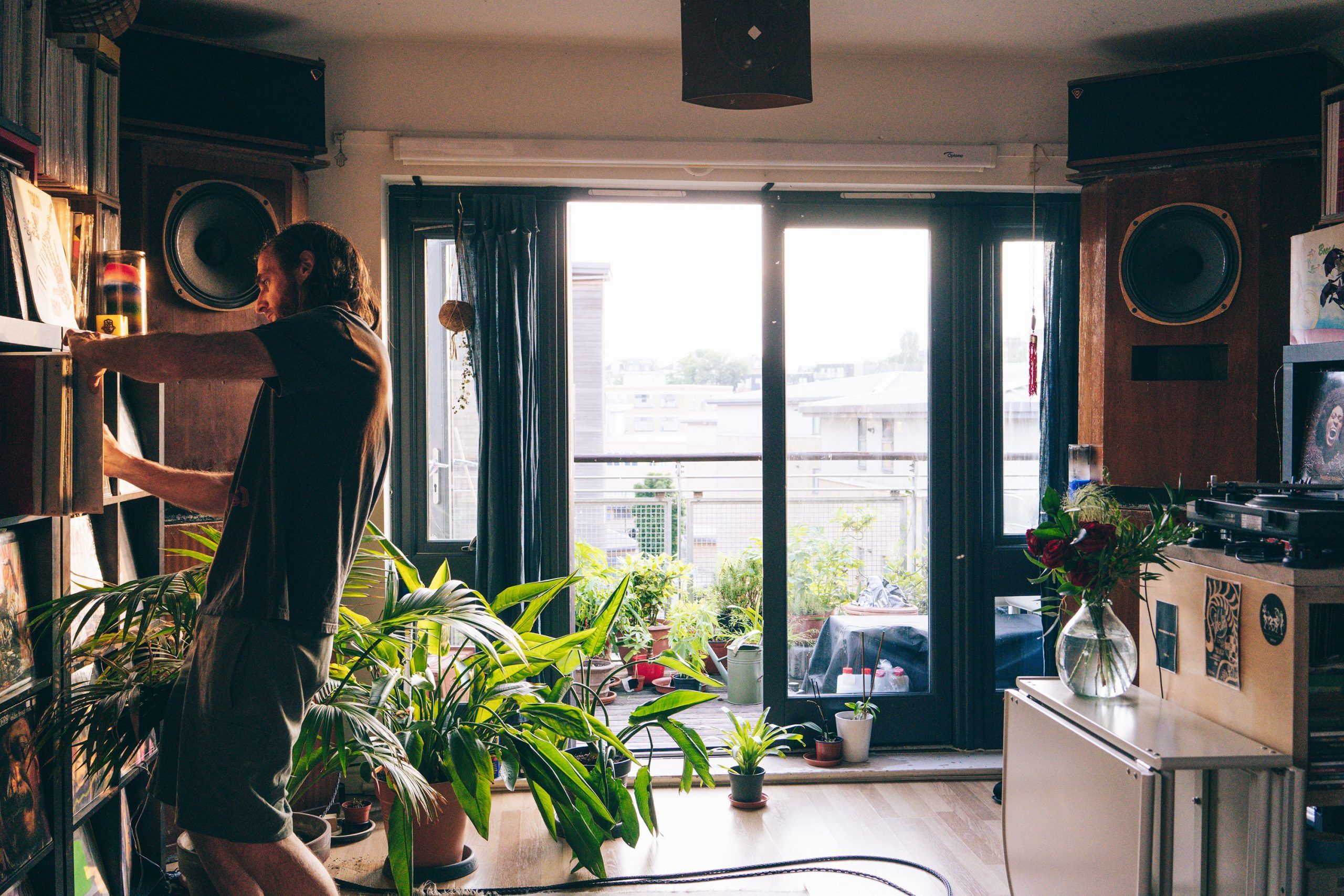
Cédric: “With the amount of tunes we have accumulated over the years, plus the constant supply of new music, I don’t think there is much fear of repetition for any of us. It would be do-able to play entirely different sets every single time, which can be interesting for sure, but with a monthly party like BATB it’s important to have some records that get played more than once. They need to become recognized by the crowd in order to build an intimate relationship with our regulars. Over the years, dozens of such records have achieved the ‘BATB classic’ status, Kassav’s Lagué Moin being one of the most iconic. Outside of a regular party, a touring club DJ playing back-to-back gigs every weekend a decade ago would have struggled not to repeat his/herself with only a finite amount of records at their disposal, but this is not the case anymore at all with the advent of the USB.”
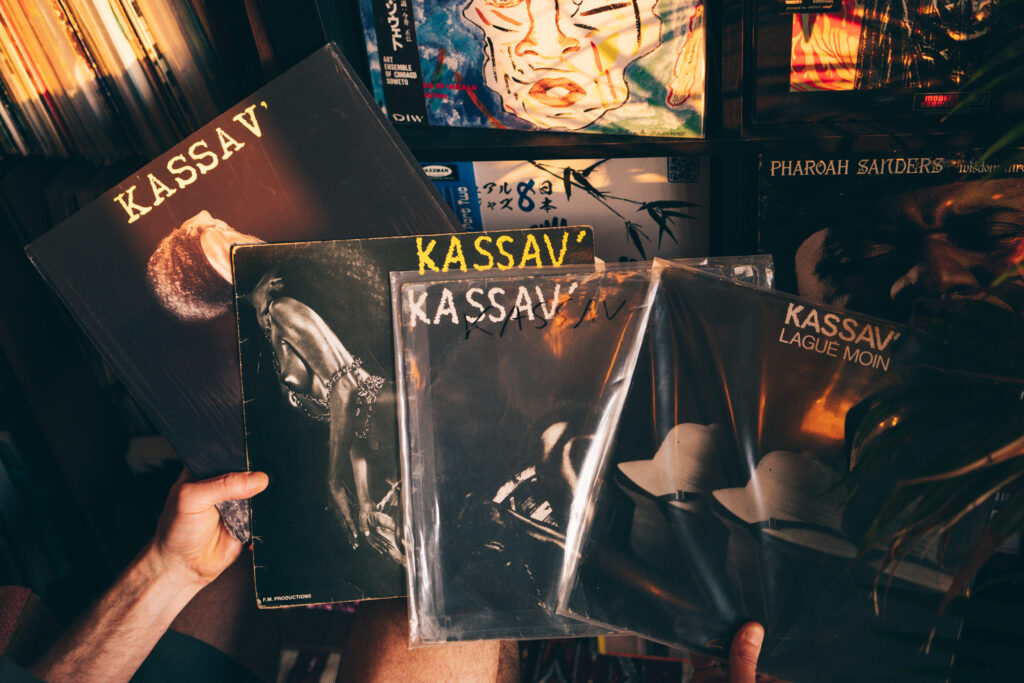
Cyril: “Our friend Alex Pewin more than once noted that, these days, we don’t really give enough time to new tracks to become classics. Repetition, and the differences in repetition, are important for the establishment of landmark records. Sometimes you connect straight away with a piece of music, sometimes you need a few times. It’s about providing the time (and space) to do so. Each record that we play will have different entries which means that the same track can sound quite different from one time to another. The way you can enter a track depends on what has been played before, the context in general. Using an audiophile sound system lifts an auditive veil off these entries and allows a wider range of music to be played. How many times have we told each other, “It’s the first time I’ve heard that track like this.””
Jeremy: “The idea of the ‘classic’ is really important to the tradition that we come out of: The familiar tune that acts as a unifying force for everybody at the party. But we could easily never play the same record twice.”
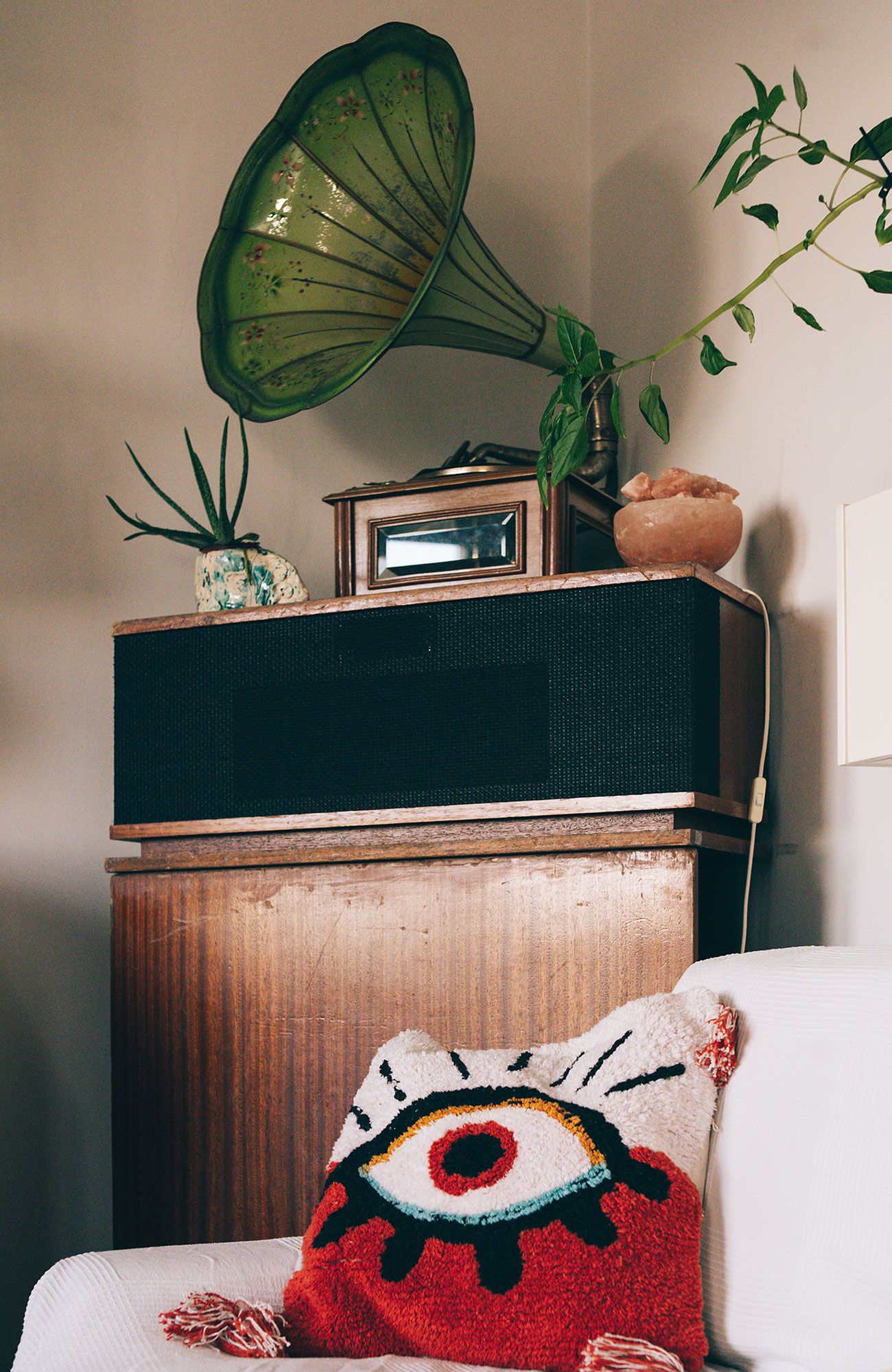
Cedric Lassonde: “Once you have carefully taken care of all the ingredients (friends, family, sound system, atmosphere and decoration) you have the dream setup for musical experimentation. It’s easy to play bangers, and we obviously do play a fair few, but what’s equally interesting is to be able to play records which you wouldn’t be able to anywhere else (bar say Precious Hall in Japan). The sound system is as good as it gets, the vibe is right and the crowd is ready to follow you anywhere. When you can play a four minute Afro-spiritual Acapella track from Haiti at peak time, or a bonkers 12 minute live version of “Chameleon” and have the floor screaming for more, you sure know why you’re doing this.”
Jeremy: “Yes that is it really. The experiment is often to see how far we can create a soundscape that is danceable, but also very rich and surprising. It is incredibly satisfying when one of us plays a record that we know probably wouldn’t be played anywhere else on the planet that night, and it really works.”
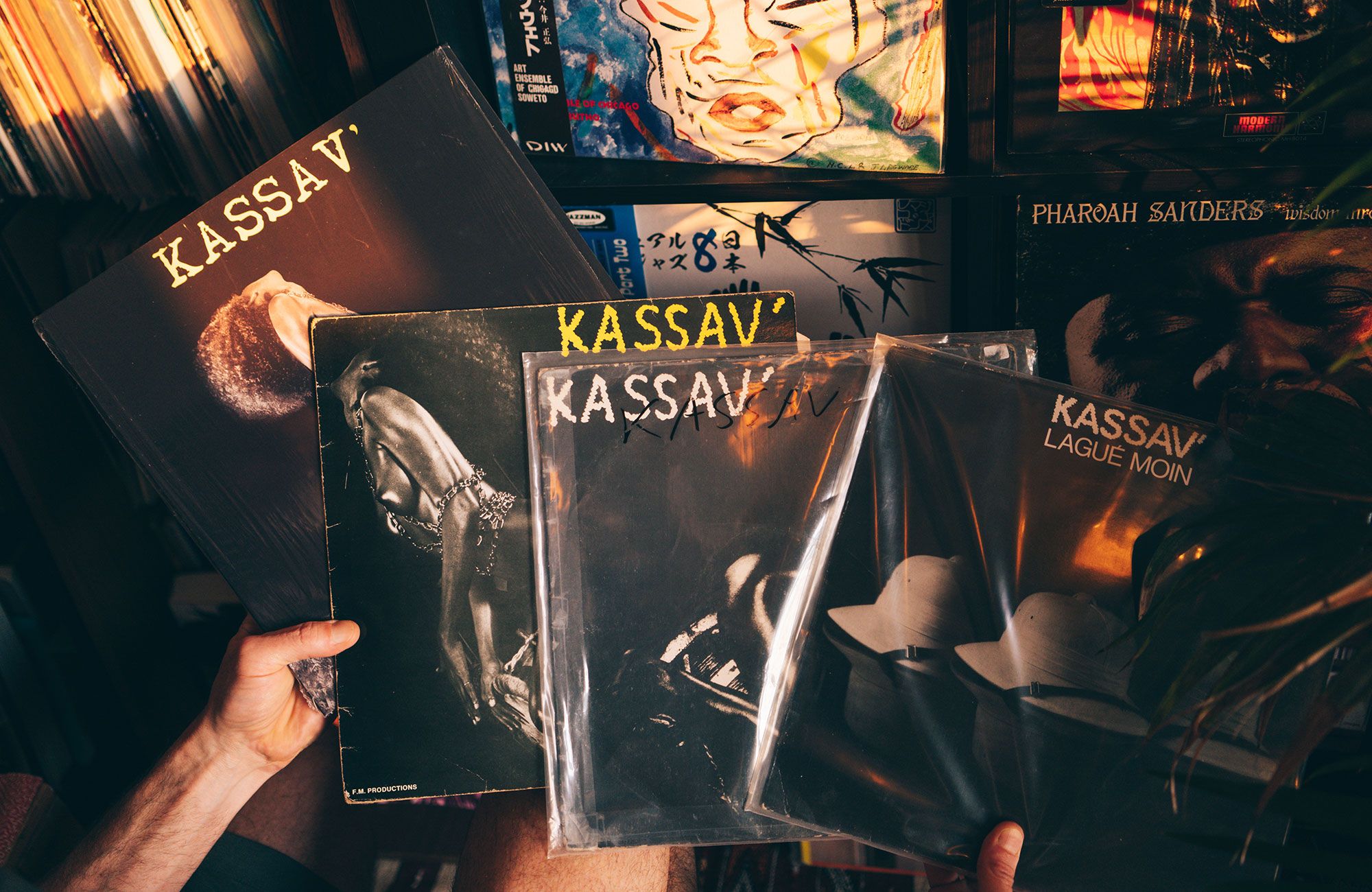
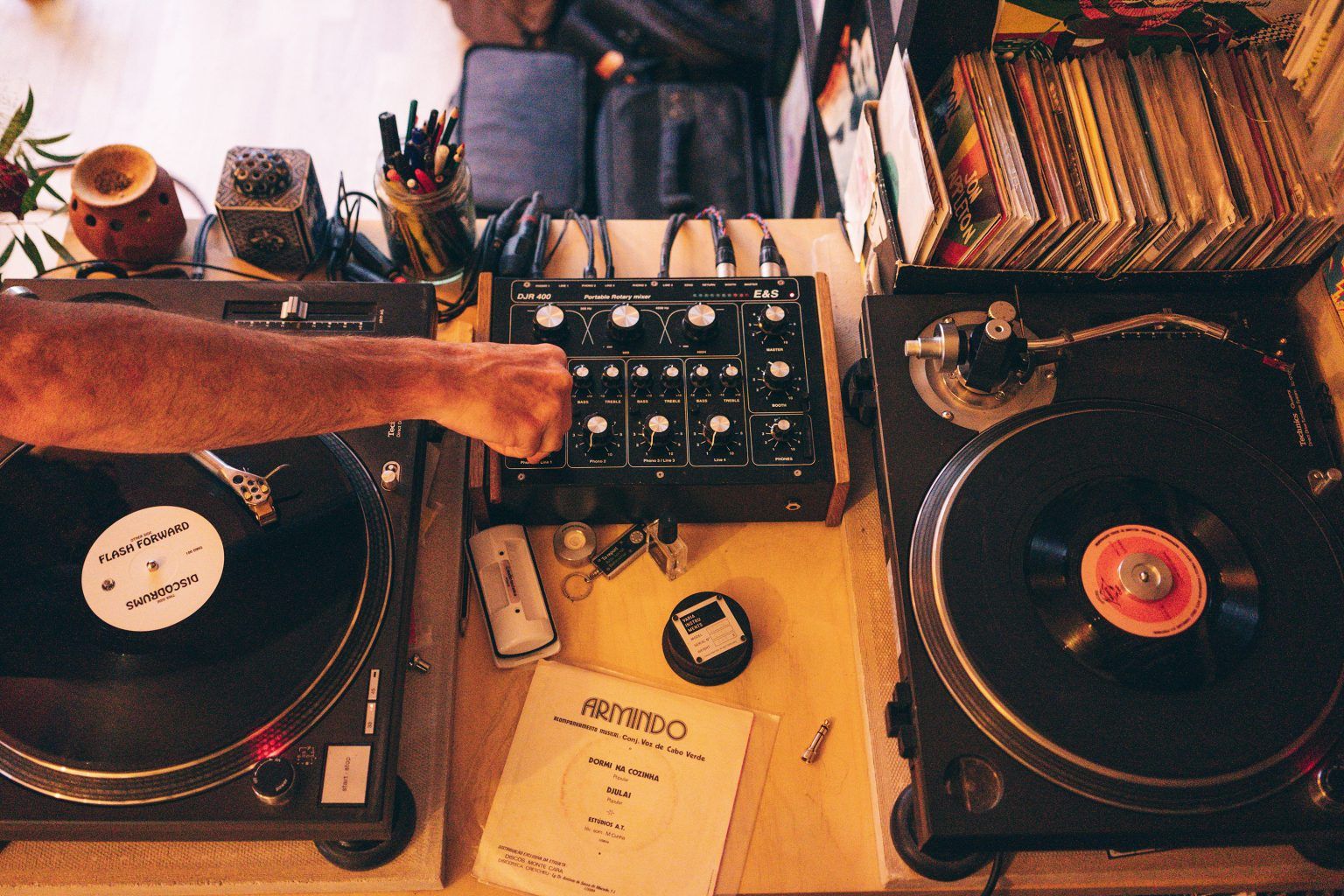
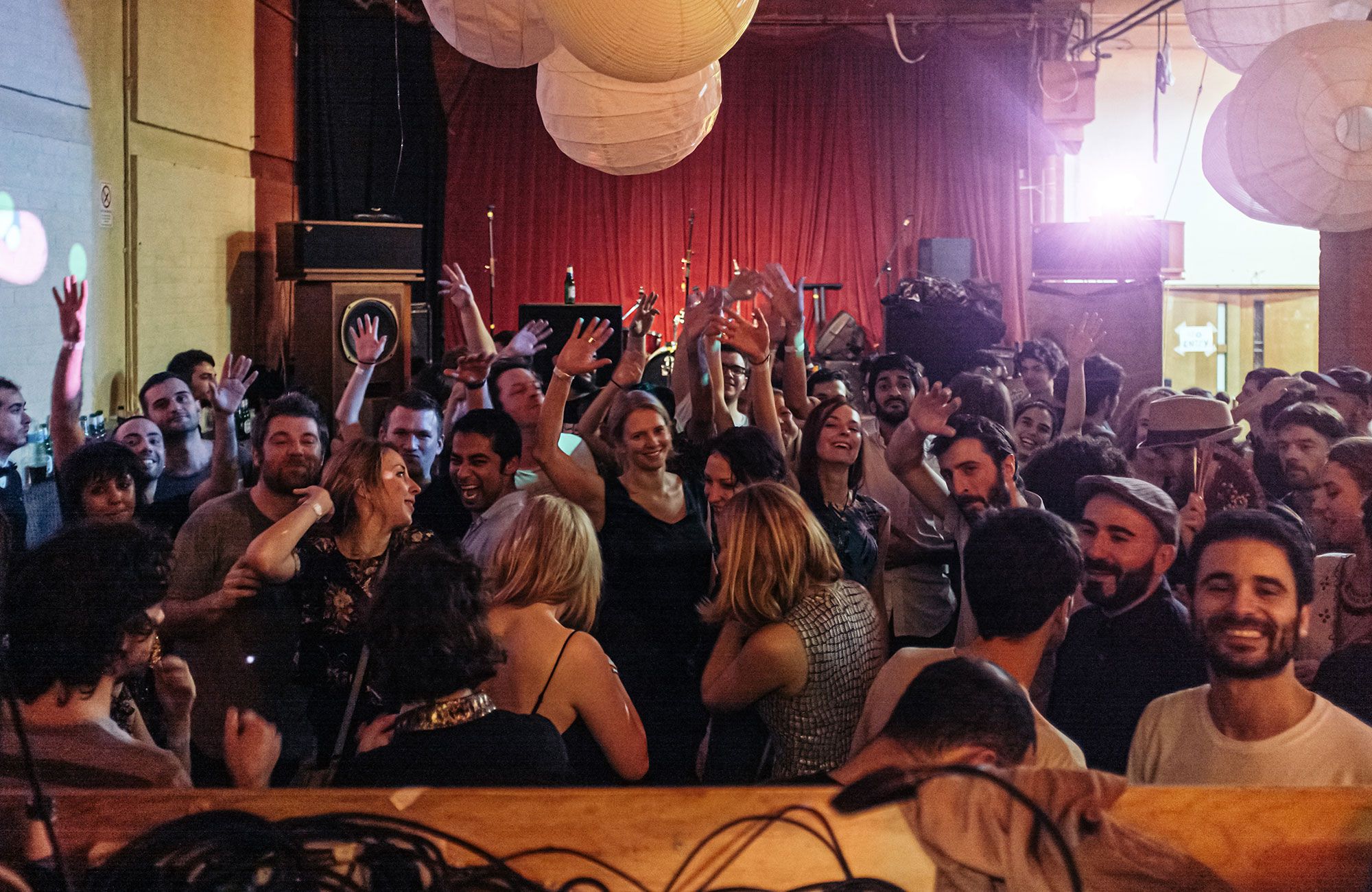 (BATB in full swing at the New Empowering Church circa 2012 – pic courtesy of Miguel Ecchevarria)
(BATB in full swing at the New Empowering Church circa 2012 – pic courtesy of Miguel Ecchevarria)Cedric: “A hi-fi sound system was a sine qua non condition from the start. Once you have been introduced to a certain level of high fidelity, there is really no way back. By the time we started BATB we’d all had multiple deep musical experiences which were directly linked to the quality of the sound system…”
Cedric: “In terms of the actual music, the records, influences come from everywhere. Lots of friends over the years have introduced me to incredible records, and still do obviously. There is good music everywhere and though it’s always great to feel you’re the only one to play this or that record, or to have signature tunes, there’s no escaping the fact that most of it has been discovered and played by someone else before. What matters is to create your own style out of all these influences.
“When it comes to presenting the music, the first person who was very influential for me was my flatmate Nao in NYC. We lived together for a few crucial months at the turn of the century, and he was the first to really show me the art of programming music, even to an audience of one. Around the same time he introduced me to that aforementioned Loft-related party in a recording studio, and it’s through him I subsequently met Mancuso in 2002. On top of the few NYC Loft parties I’ve attended, I haven’t missed a single LCSS party from the very first one to the last one David played, plus we usually hung out before and after each party. His influence is absolutely huge, from the way he prepared for a party, his attention to every little detail, his care for the community, to the records he chose to play (each one being almost equally important in the course of a seven-hour set) and his faultless, often telepathic programming.
“Parallel to that, we used to go religiously every Saturday night to Abdul Forsyth’s (Ade’s alias) Balance night at Plastic People. It was literally like going to church. Musically it was quite different from The Loft (only a few records like Life On Mars, Dancing In Outer Space or Expand Your Mind would overlap between the two parties), it was arguably much more eclectic, and especially the arc of the programming was very different. Ade didn’t follow the three bardos of an LSD trip and there was no real peak to the night, at least not the way one would think of. A track like Chris Harwood’s “Wooden Ships” could easily be played at peak time. Tempos and genres would vary all the time, often drastically, and it worked. That’s where I learned that you could play Mos Def next to Lo Borges next to Pharoah Sanders next to Herbert, Pepe Bradock, Donovan, Jay Dee, K Frimpong or Soulful Strings… the list goes on. In my shelves at home I arrange records by styles, feelings or formats, but one of those is dedicated to “records played at Plastic [People].
“Perhaps even more crucial than the music, what I learned from Ade (and David) is that what matters isn’t just WHAT you play, but also and most importantly, HOW you play and present those tunes. Ade was the master at playing the most unexpected song at exactly the right time. In a way, that’s pretty much what I’ve been striving for ever since.”
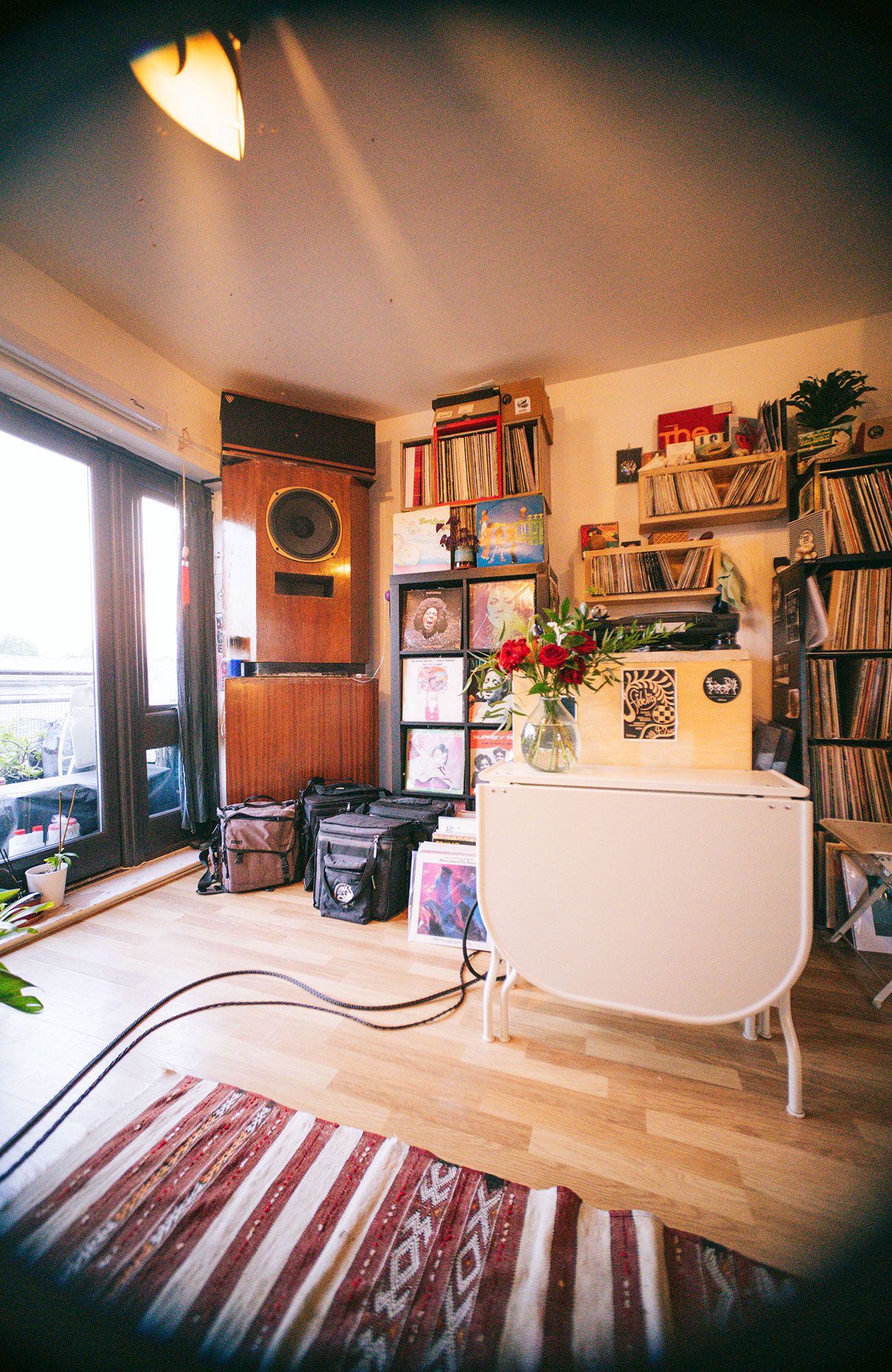
Jeremy: “There’s probably a set of about 100 key classics and a dozen of those will be in the bag any given night. Other than that my main strategy is to make sure there’s a decent mix of all the genres that we normally play, so I can play whatever the mood seems right for.”
Jeremy: “Honestly I’m not sure that our arc is the same as David’s arc. We always play three sets, obviously. Broadly speaking, the early set tends to be quite rhythmic and funk-heavy because this is what people will dance to most easily when they’ve been drinking and haven’t gotten high yet (whether they’re getting high on drugs or just on endorphins). The middle set tends to be more of a classic peak set, but that can mean playing anything as long as it’s pretty high energy. The last set tends to be more abstract and exploratory. But really these are all only tendencies: they’re not fixed rules or stages. The more open the crowd is, the less these rules tend to apply, and the more everything becomes like the last set.”
Jeremy: “I have to say, personally, I would feel wrong about having this really expensive system at home just for my private use. This is a big motivation for the parties for me, really. I am an audiophile and I LOVE having a fantastic system at home, but I’m also a socialist and I’d feel wrong just keeping it in my living room. If we want to get mystical about it, I feel like the system came to us, but it isn’t ours to keep, only to share.”
Cyril: “Everything happens in quite an organic way now between the three of us, and all our friends helping on the night. Beauty And The Beat really is an extended family affair where we’re all bringing a little bit of us, where the whole becomes bigger than the sum of the parts”
Cédric: “I believe we can officially claim to be the longest running monthly “audiophile” party in London and most likely the UK (16 years old this month). Many of the attendees from that initial party (in a suffocating basement art gallery) are still following us regularly. Some have dropped out for a while and reappeared a few years later, others have met on the dance floor and ended up getting married, and the party has grown organically through word-of-mouth ever since. It’s always exciting to see a mix of regulars and new faces at every party, like wine or music the party is constantly evolving, which is a good sign. The same way we took inspiration from the Loft to start BATB, other crews have formed and started parties as a result of coming to BATB (Sweet Apricots in Paris, Apricot Ballroom Sound System in Sheffield, Birthdays in Berlin), venues have opened (Brilliant Corners) and I guess that’s the best compliment. As far as social experiments go, the fact that we still have a big crew to rely on to help us load and unload equipment till the wee hours of the morning every single month says a lot I think.”
Jeremy: “All of that applies for me too. I think BATB is in the tradition of a particular kind of party like the Loft, but also like other London parties/sound systems such as Whirl-Y-Gig and Good Times, that have all turned into kind of sui generis scenes in their own right. They have lasted for many years, often taking on a cross-generational character. But for me the biggest success for BATB was when, around 2016-2017, a big cohort of younger people – political activists who had been inspired by Corbyn’s leadership of the Labour Party – started coming to the party and really adopted it as a kind of cultural home. The founders of the political education organization, The World Transformed, still talk to their new organizers about BATB as a key inspiration. For me that’s huge.”
Cyril Cornet: “What the boys are referring to here, is a very practical tie-in between parties and day-to-day life, with political influences, social connections, etc., all very much based on a sense of care and fairness. The fact that BATB is not only a Saturday night event represents a key success.”
